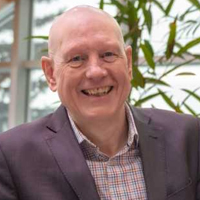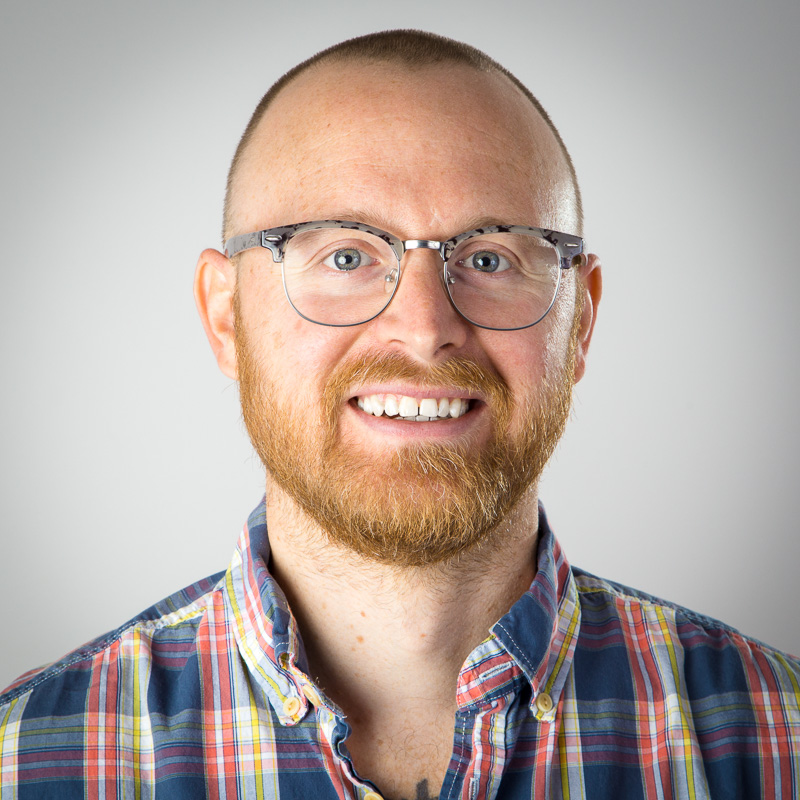"Principles of Tutoring and Demonstrating is a decamod in the Academic Professional Development (APD) program. It is a program specifically designed for research students to give a broad introduction to university teaching in the context of tutoring and demonstrating. It runs weekly during semester to provide ongoing support just when tutors and demonstrators may need it. "This was made up of ten modules:
- Preparing for the first class
- Overview of rights and responsibilities
- Reflective practice
- The Professional Standards Framework and the EFS
- Student learning styles and how this affects the way we teach
- The role of the teacher - Theories of teaching
- Theories of student learning and lesson planning
- Structuring a teaching session
- Small group and cooperative learning strategies
- Strategies for engaging with student one-on-one
- Dealing with diverse groups of students.
- Responding to challenging situations and "difficult" students
- Notions of group life cycle
- Student needs and support services
- Tricks and tips for using Wattle to enhance your teaching
- Observation of another tutor with reflection online
9. Evaluation & Reflective Practice
- Evaluation practices
- Creating a teaching portfolio
- Action learning - evaluation to inform practice
- Personal reflection
- Discussion of teaching scenarios from past semester
- Key skills in a tutor's teaching toolkit
* Wattle is ANU's Learning Management System, made up of Moodle and other tools.








